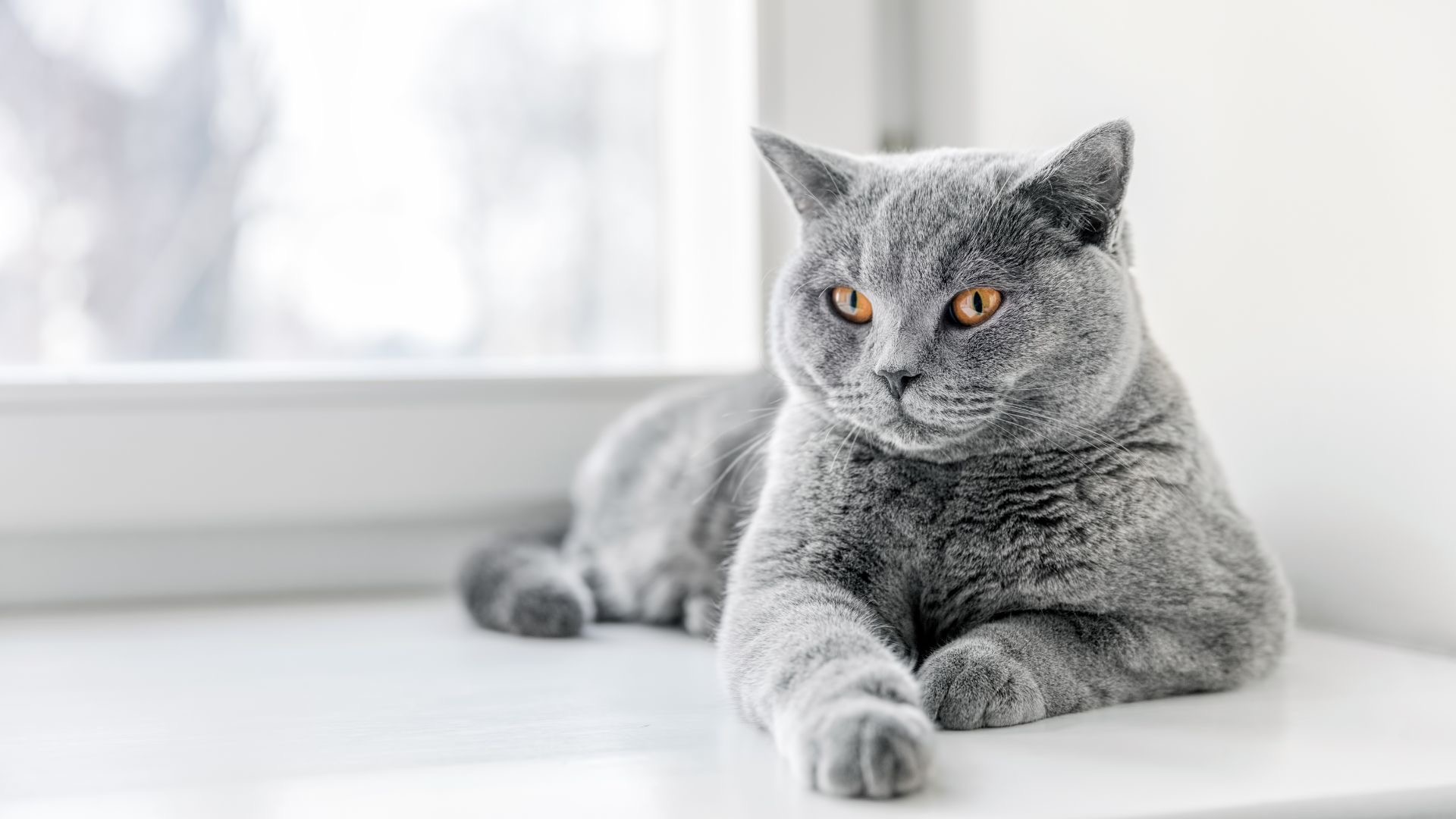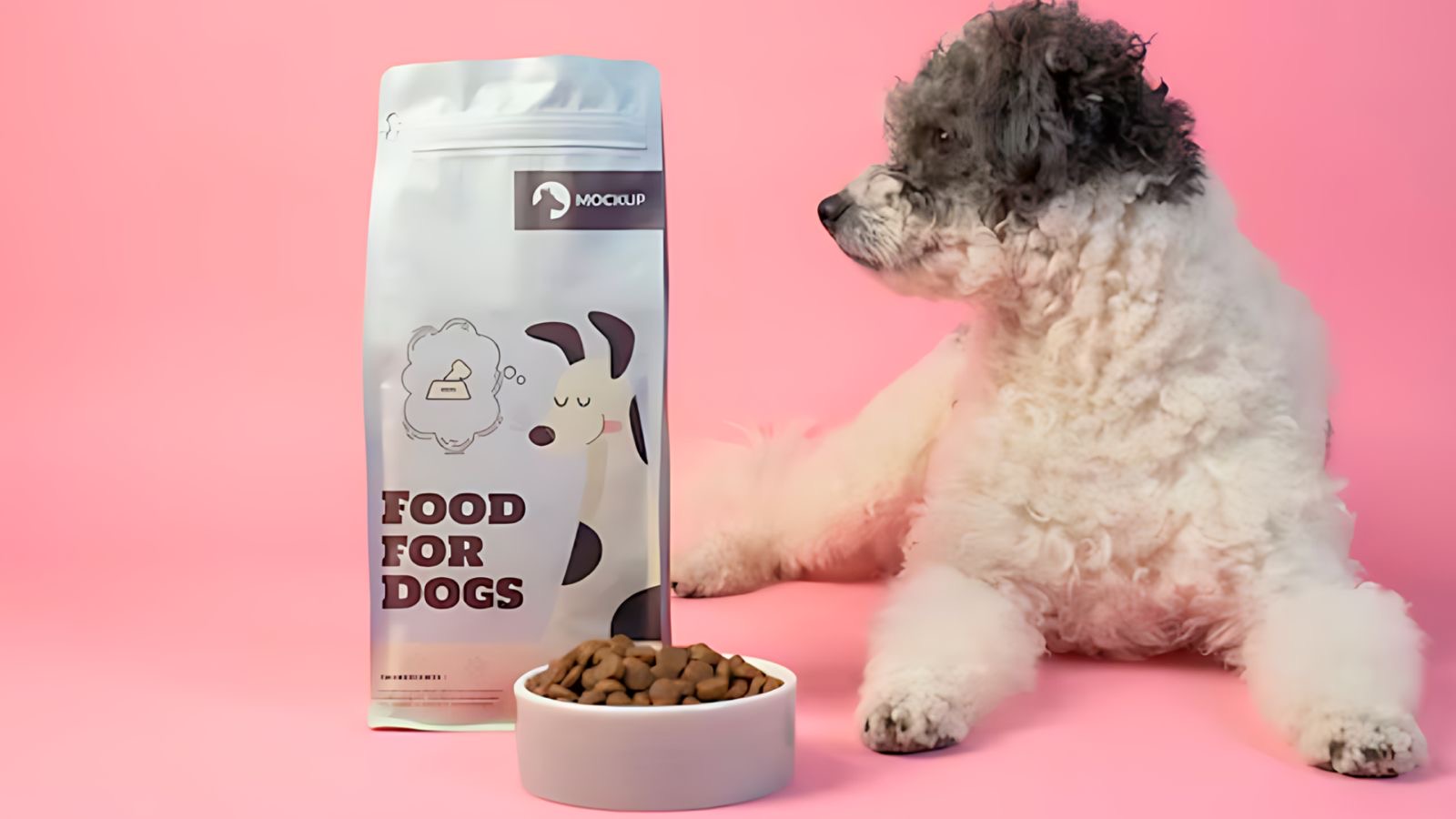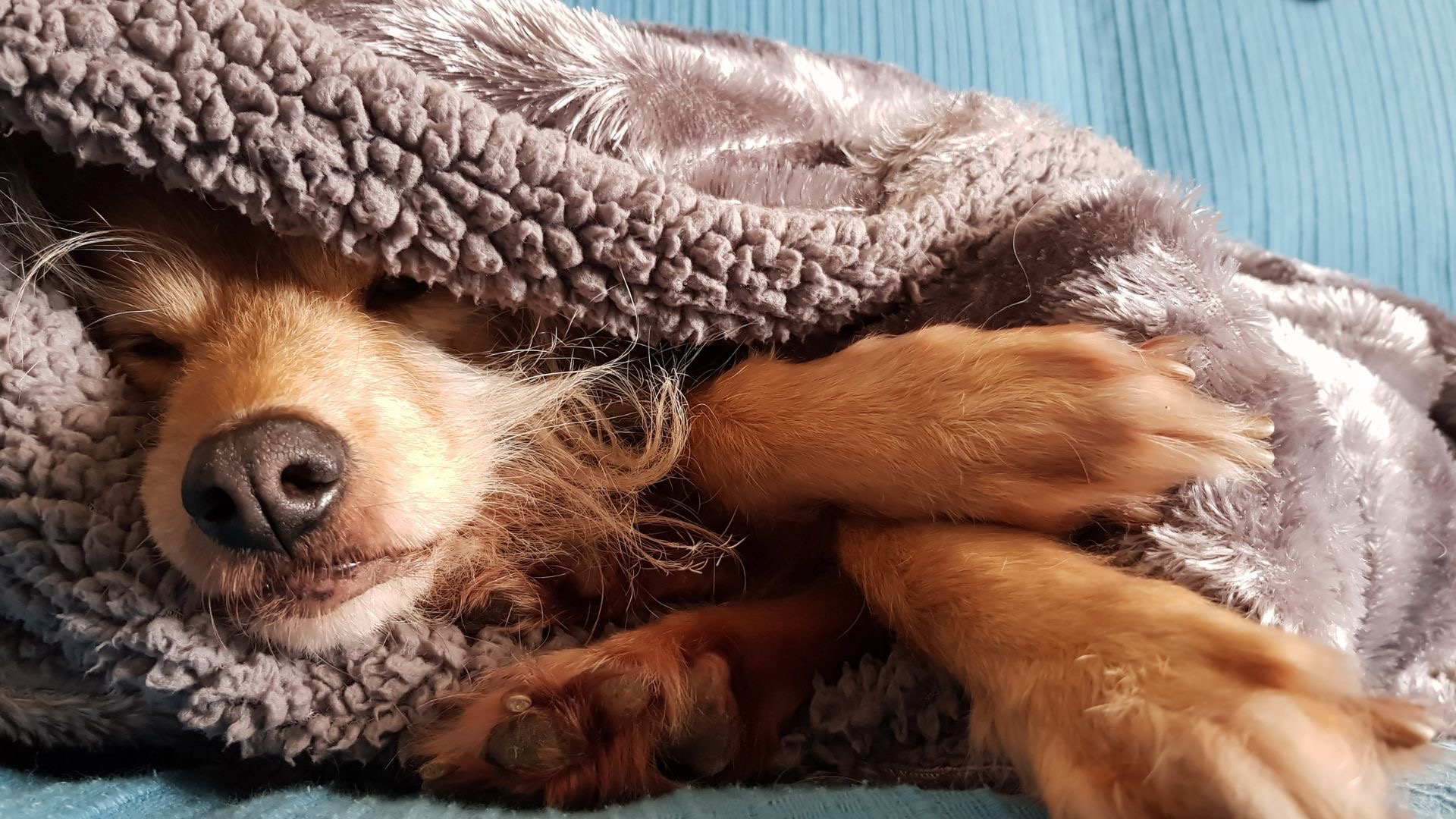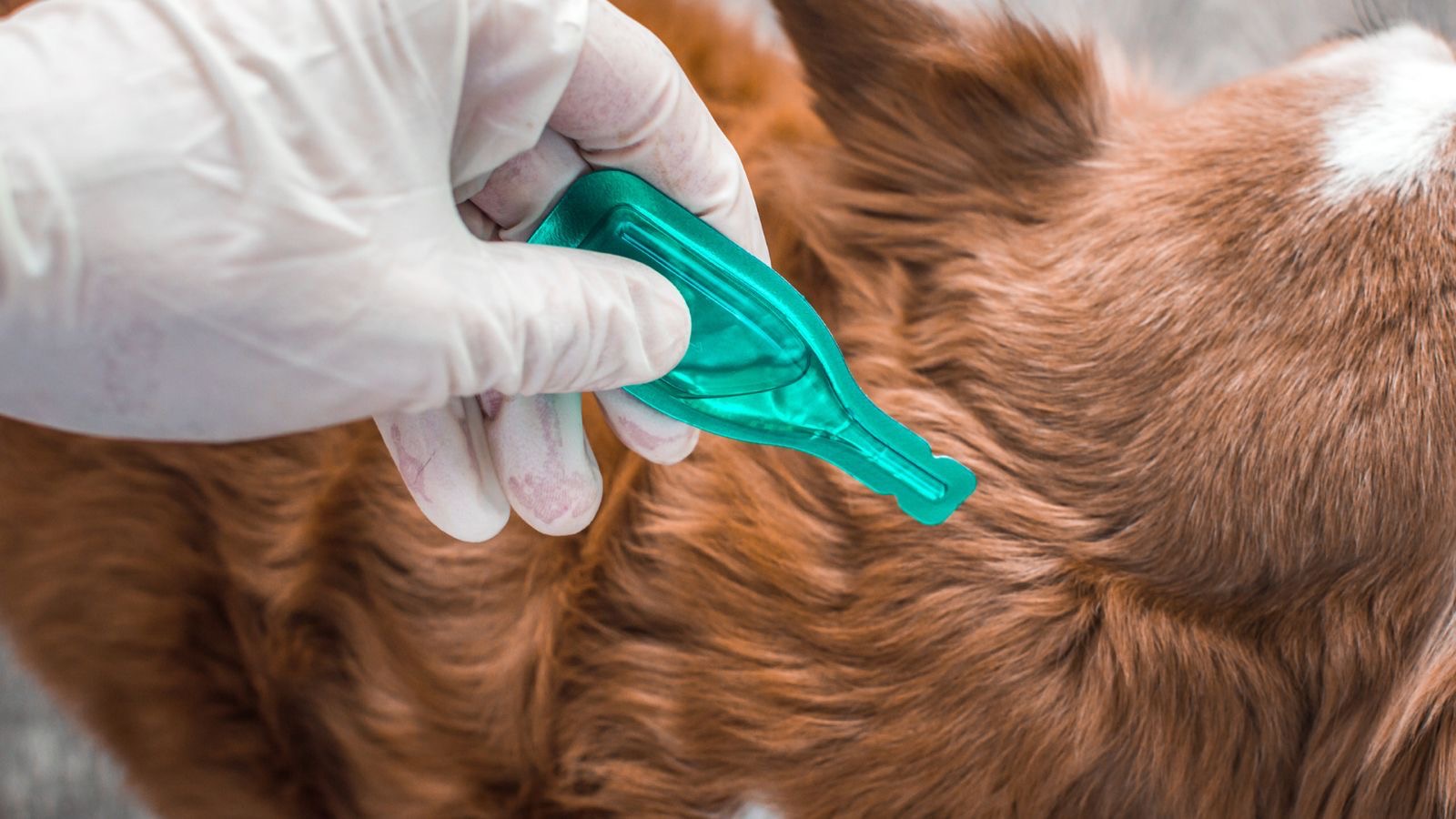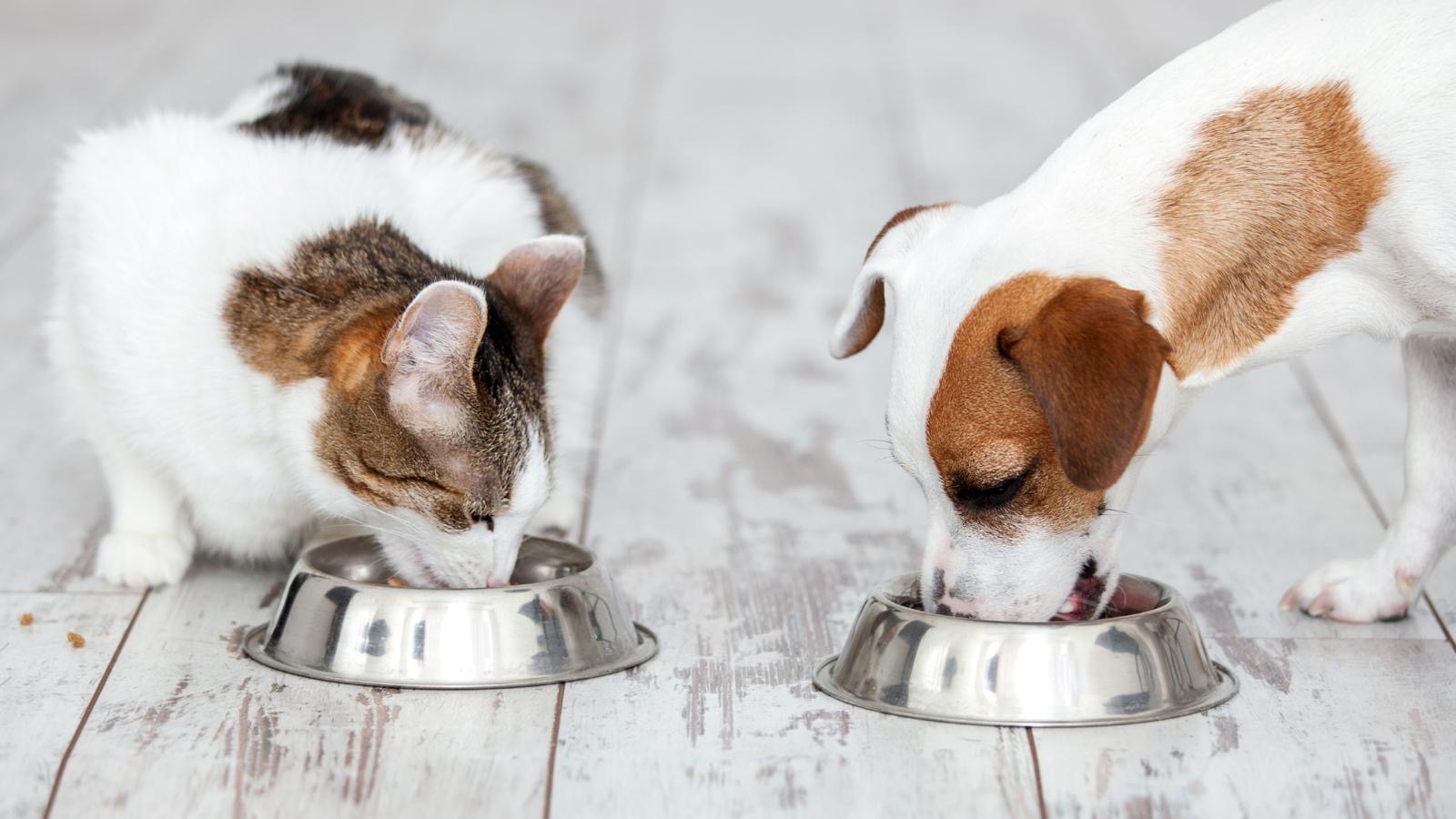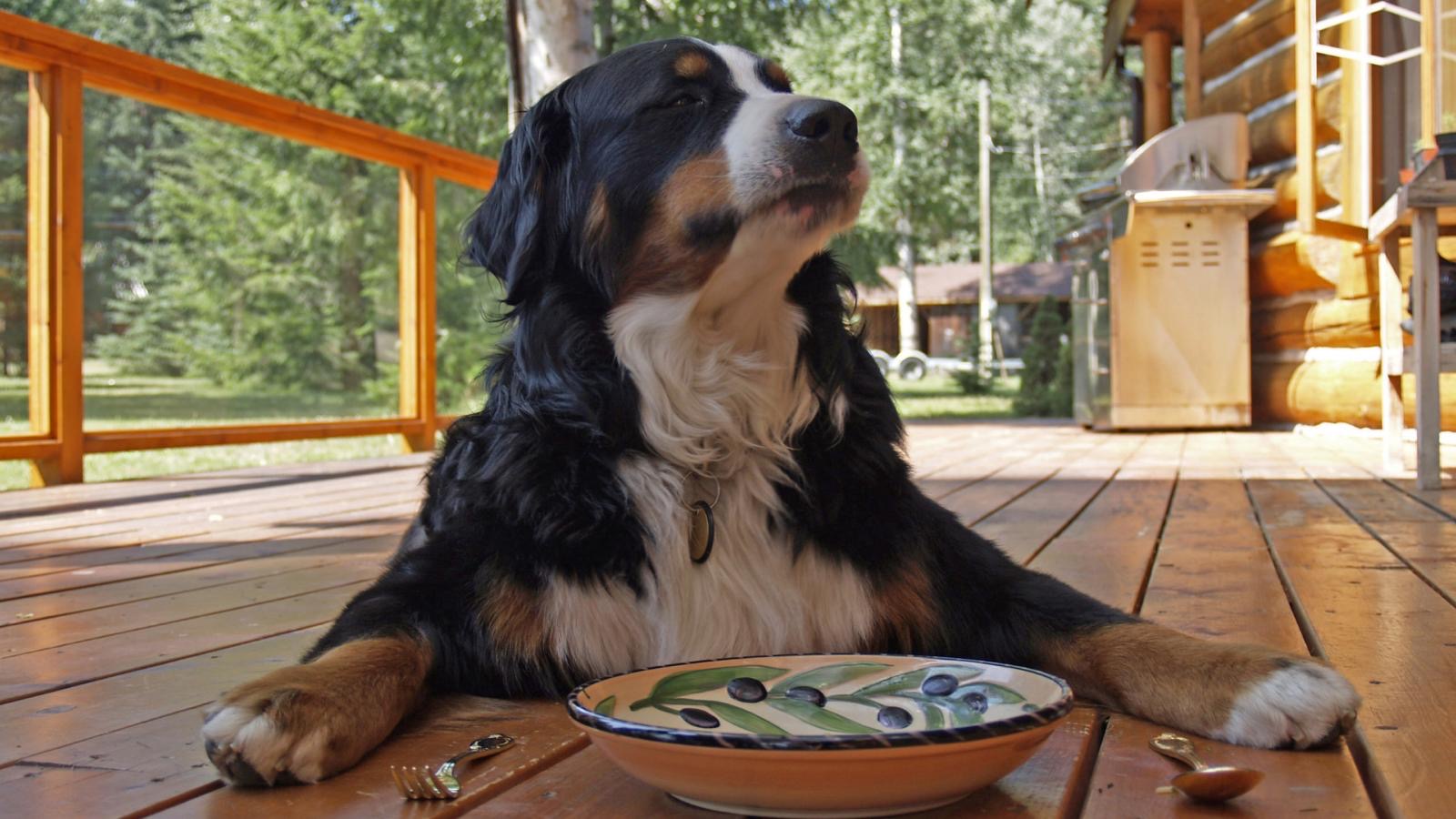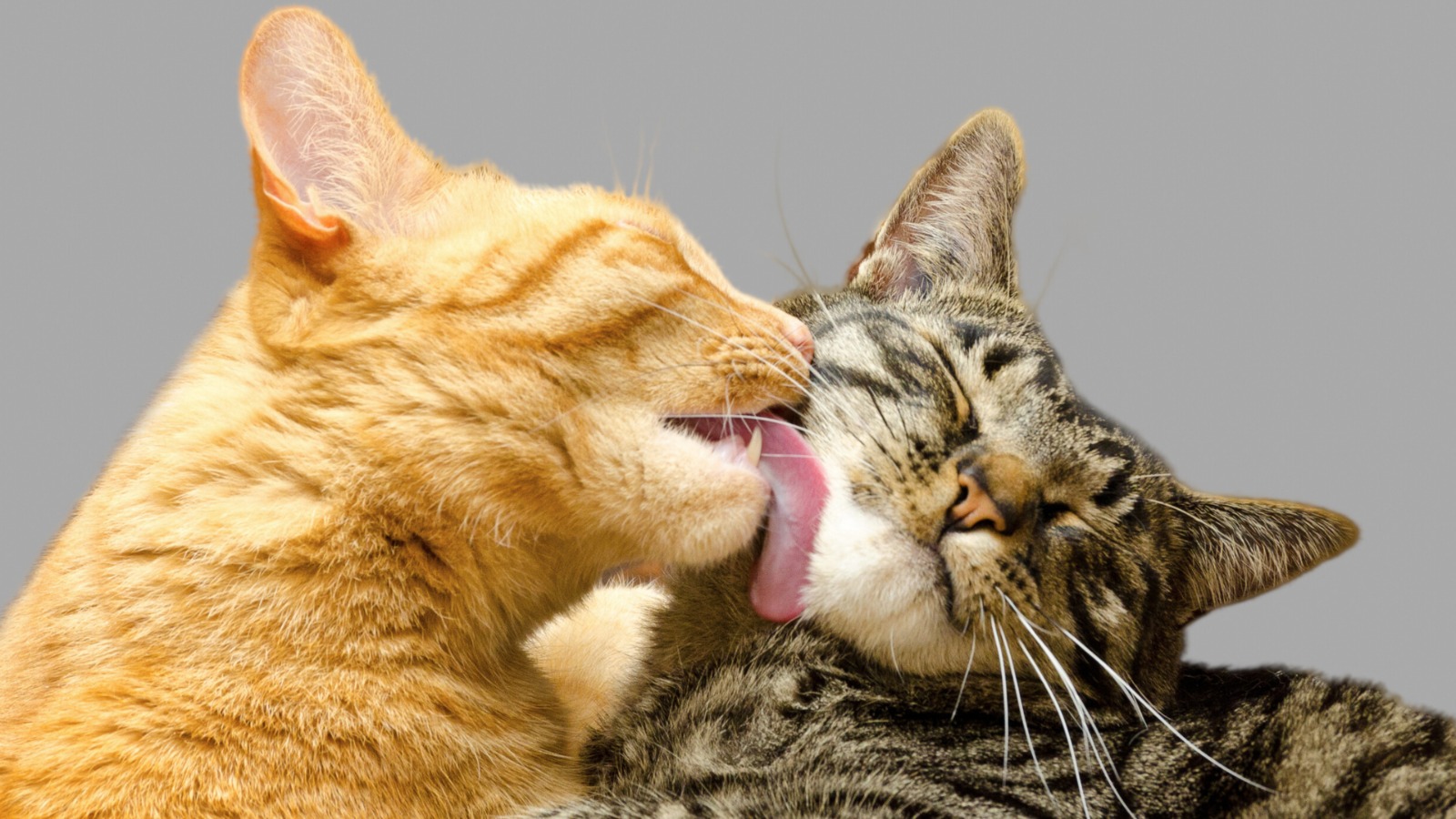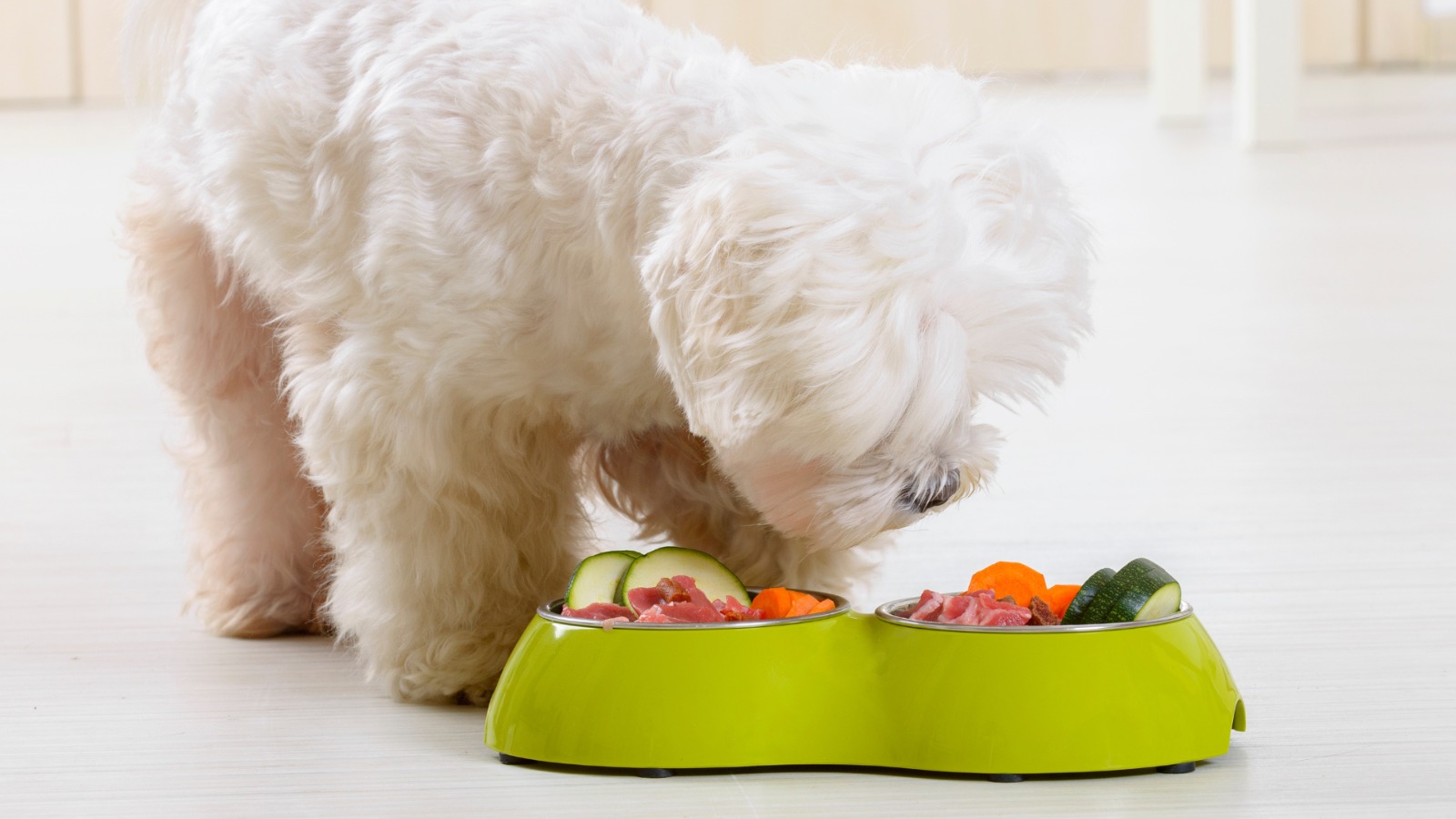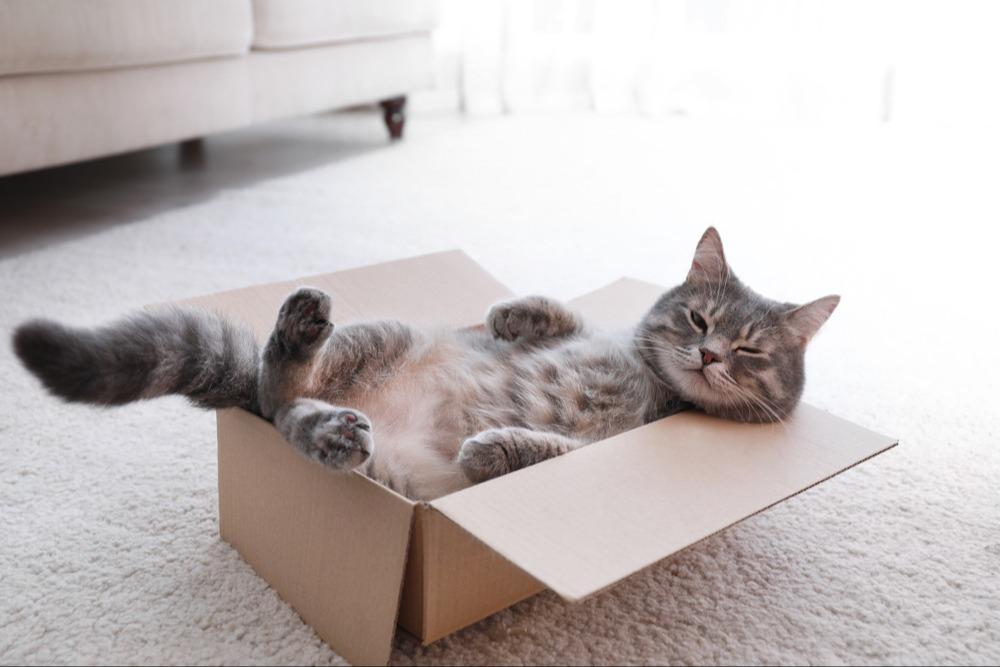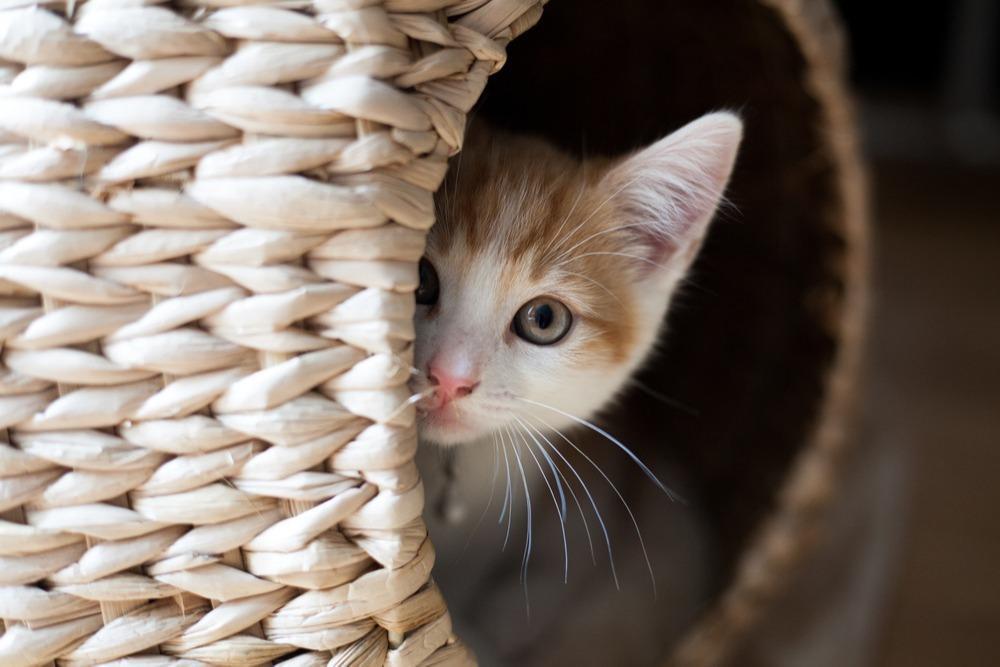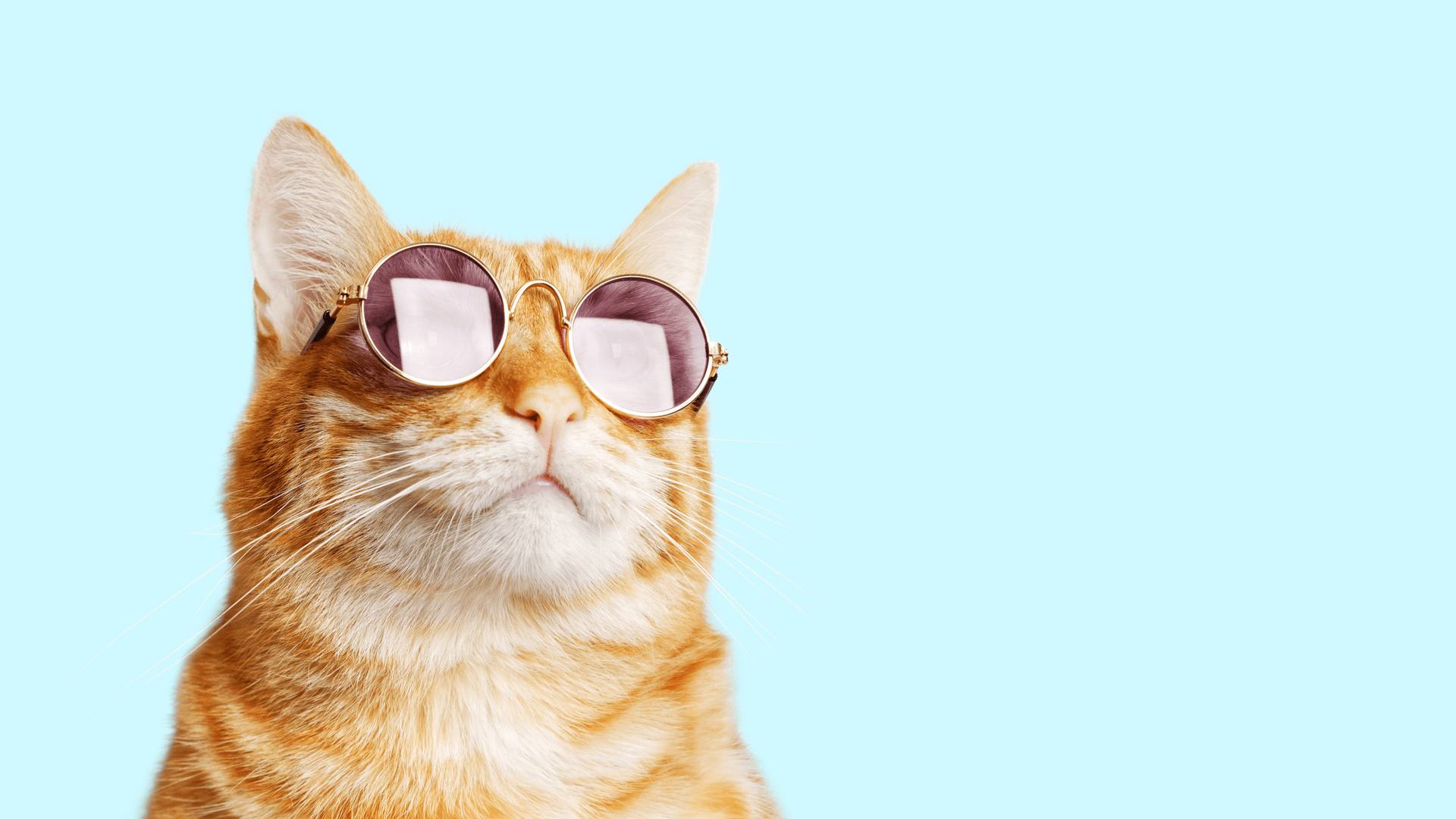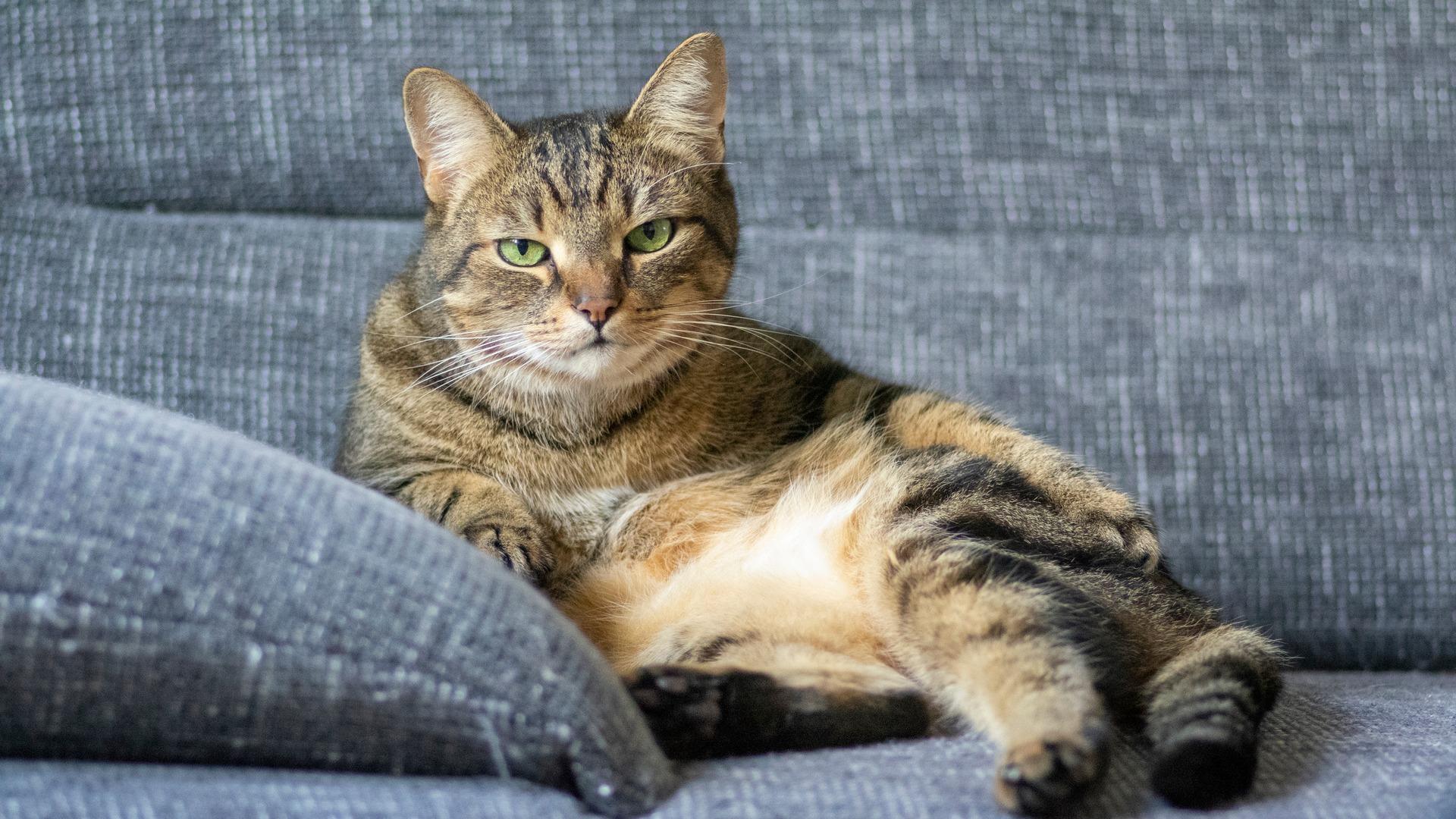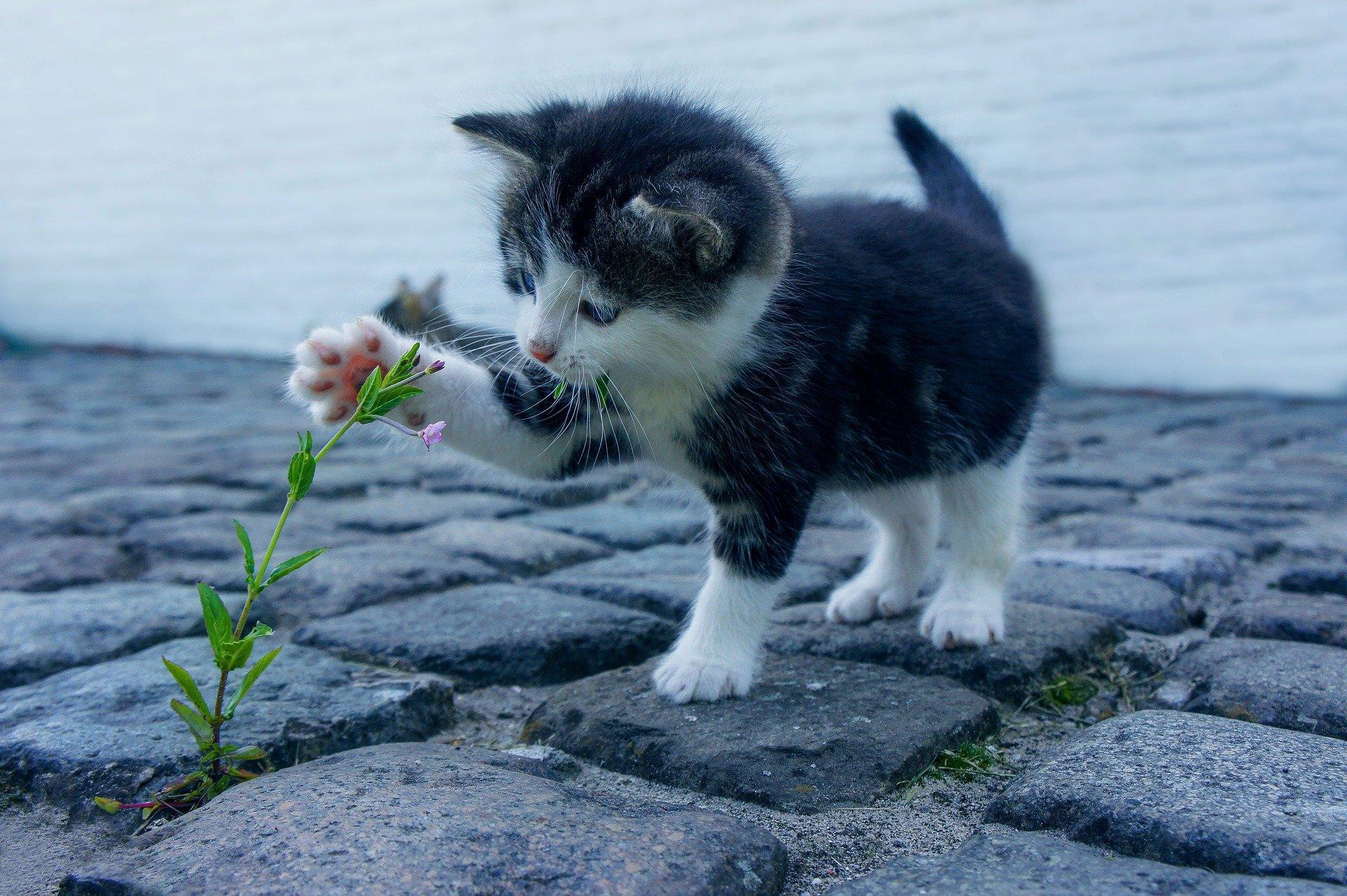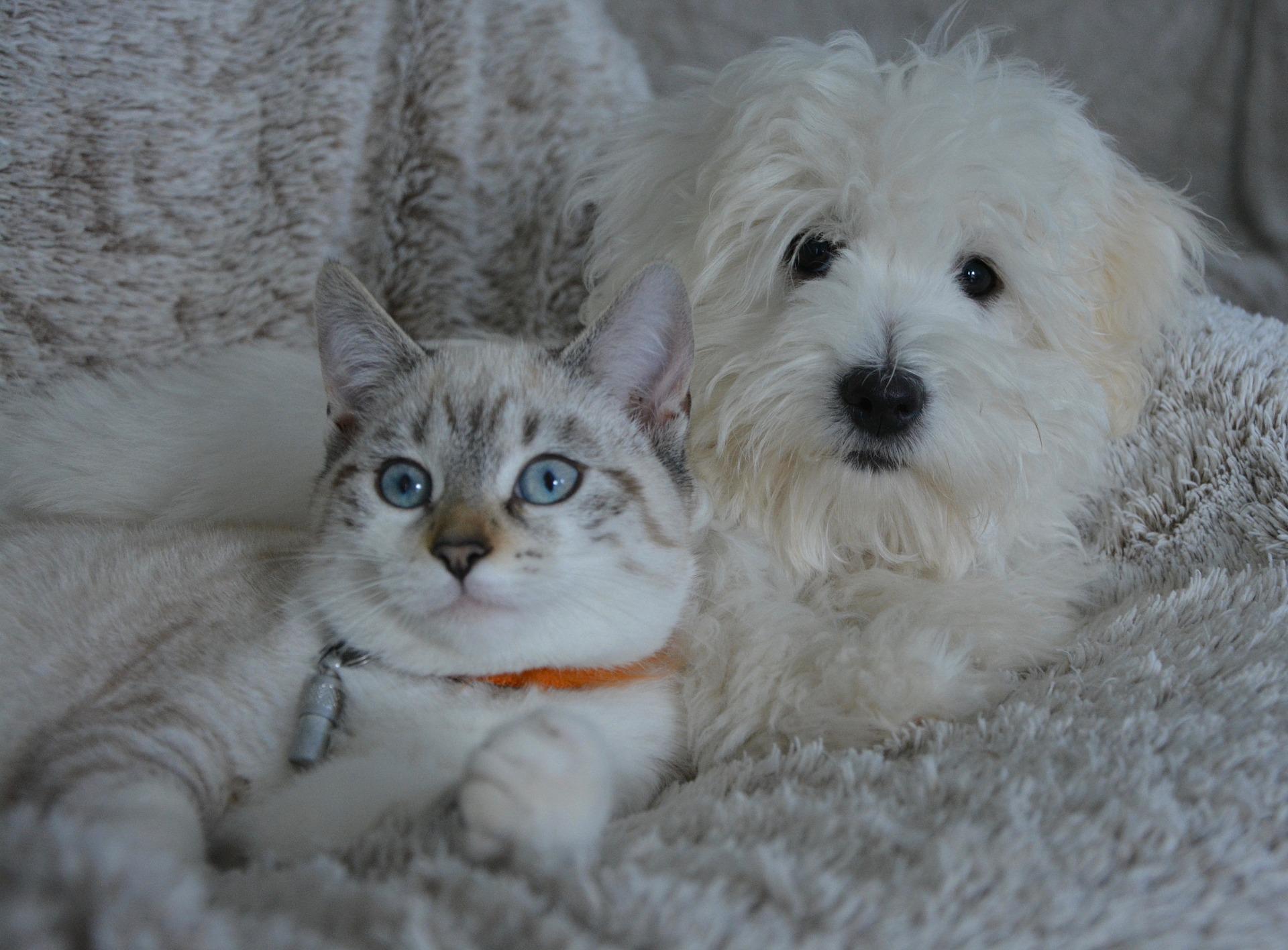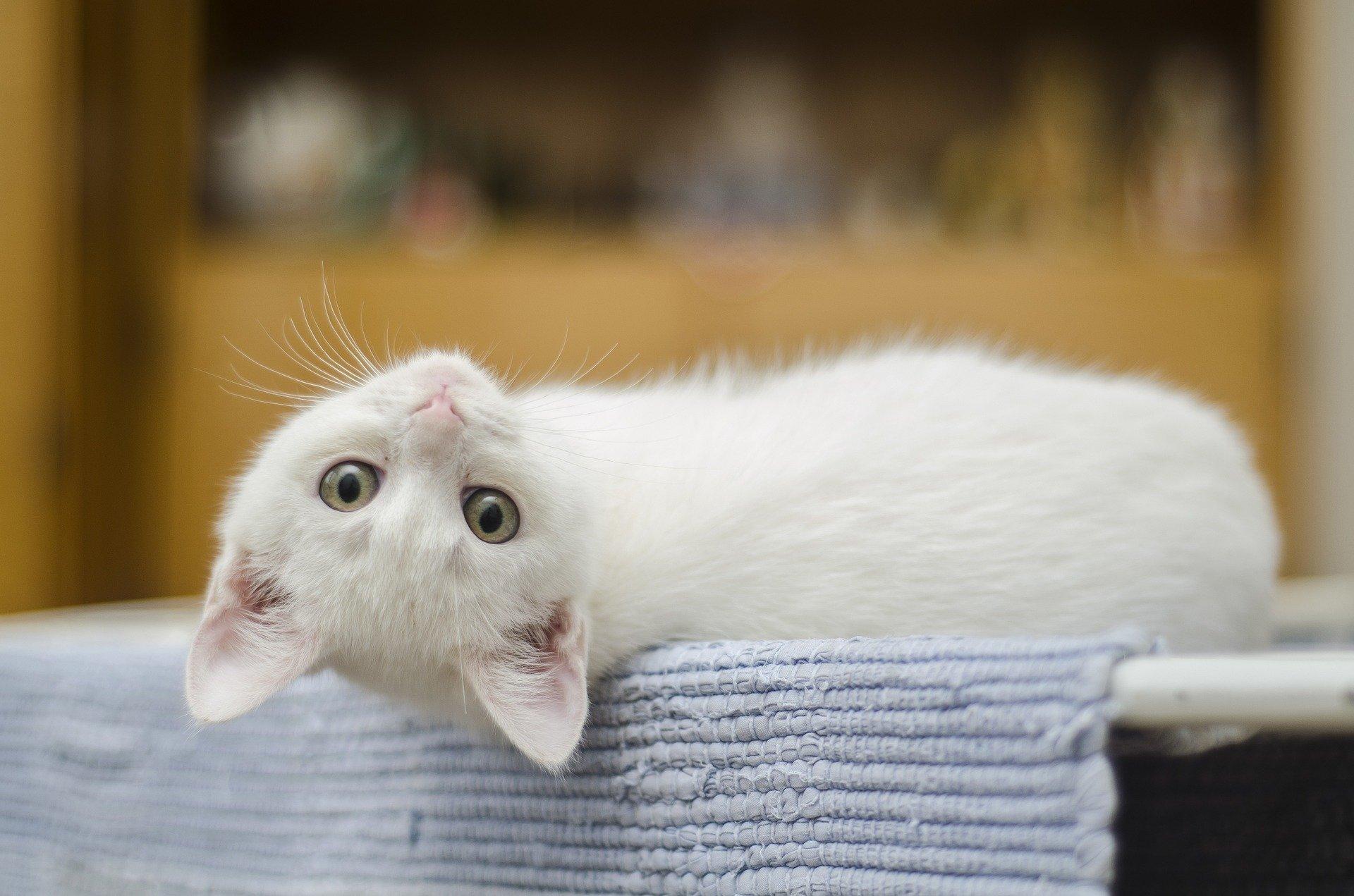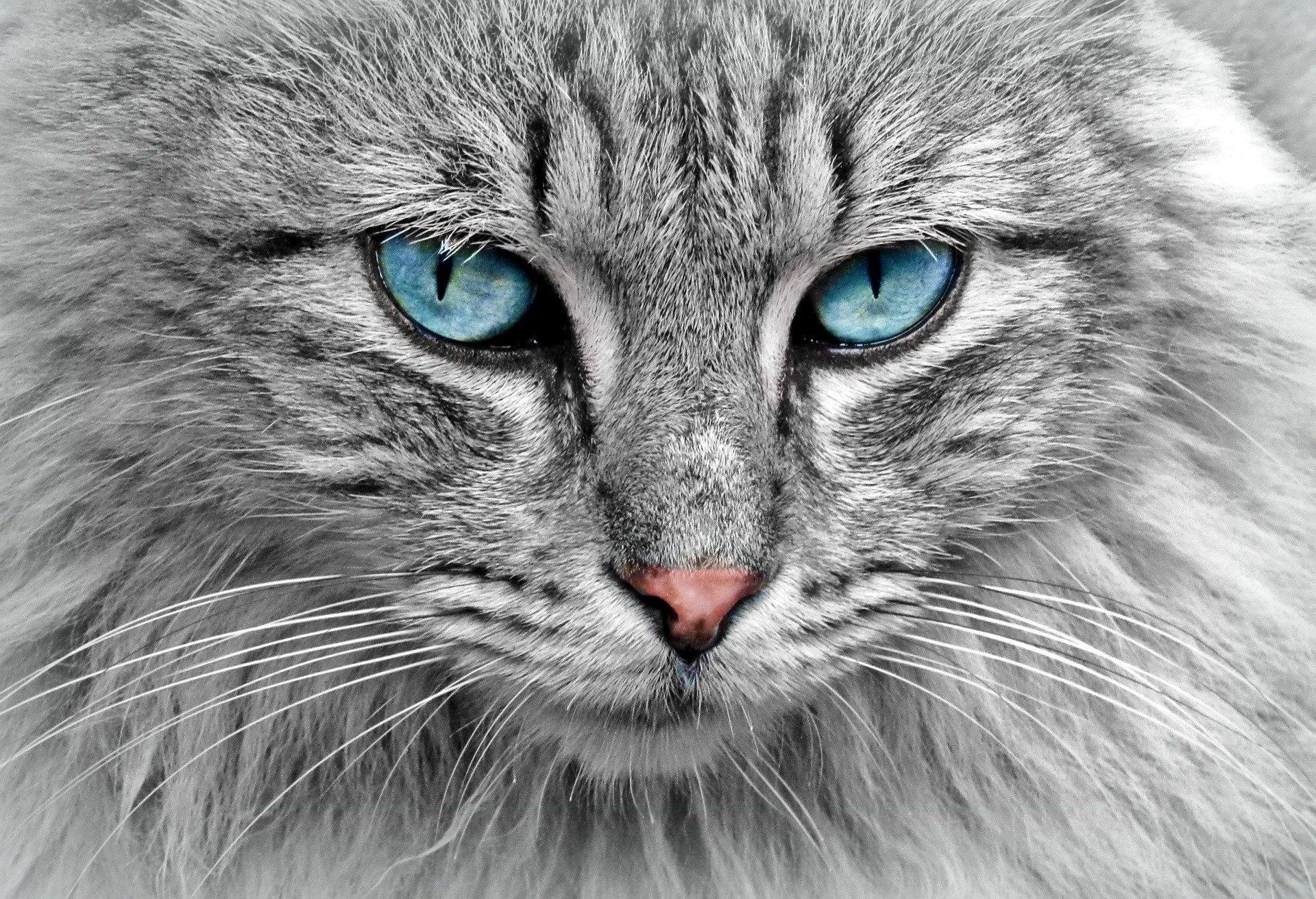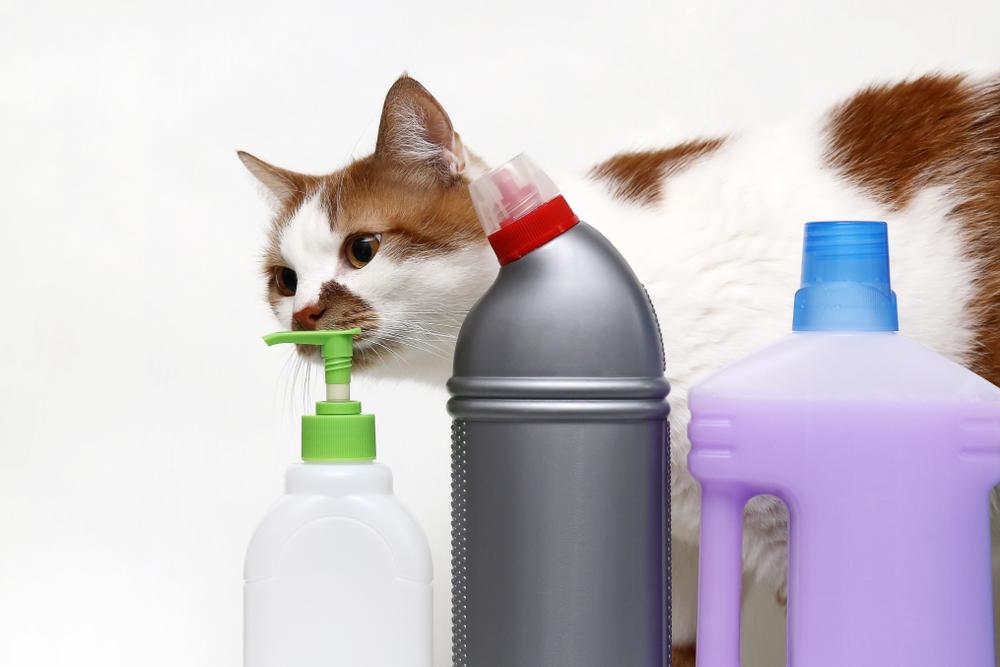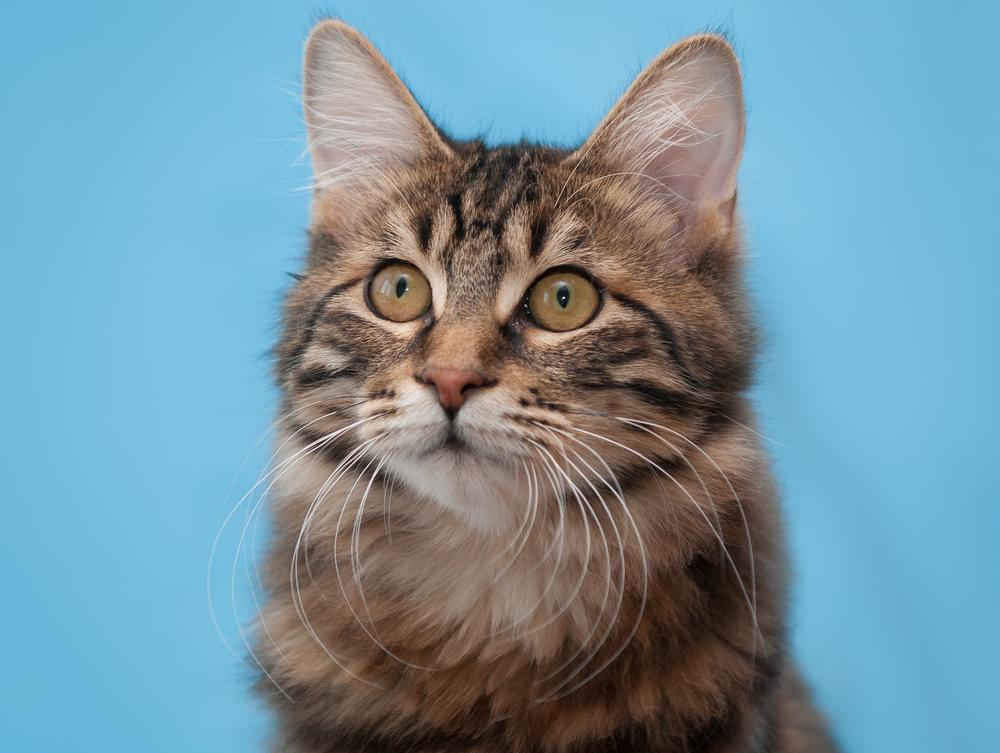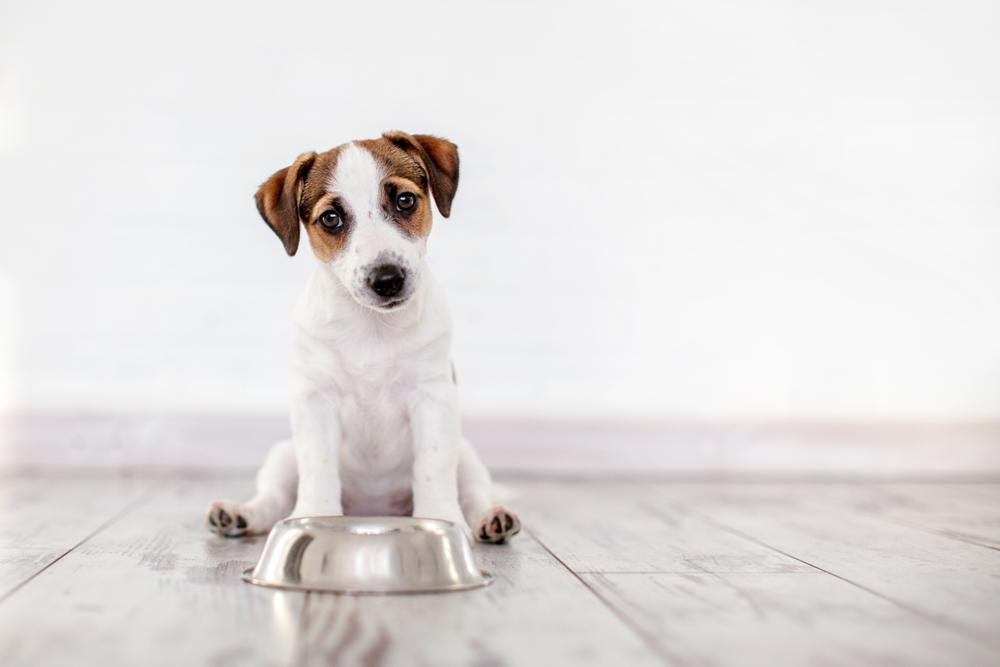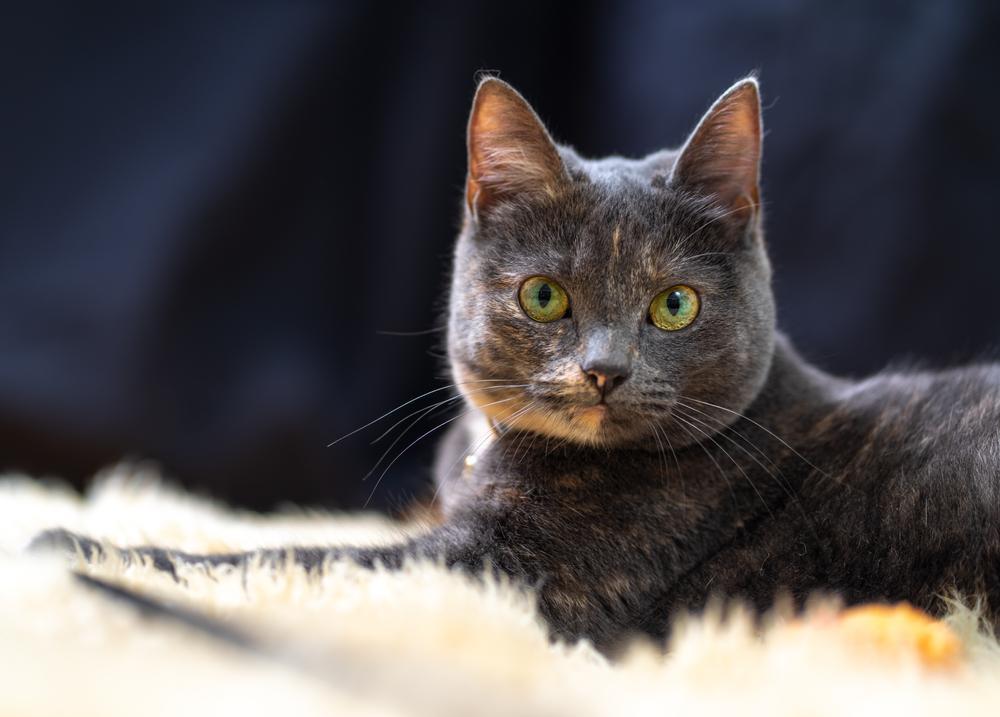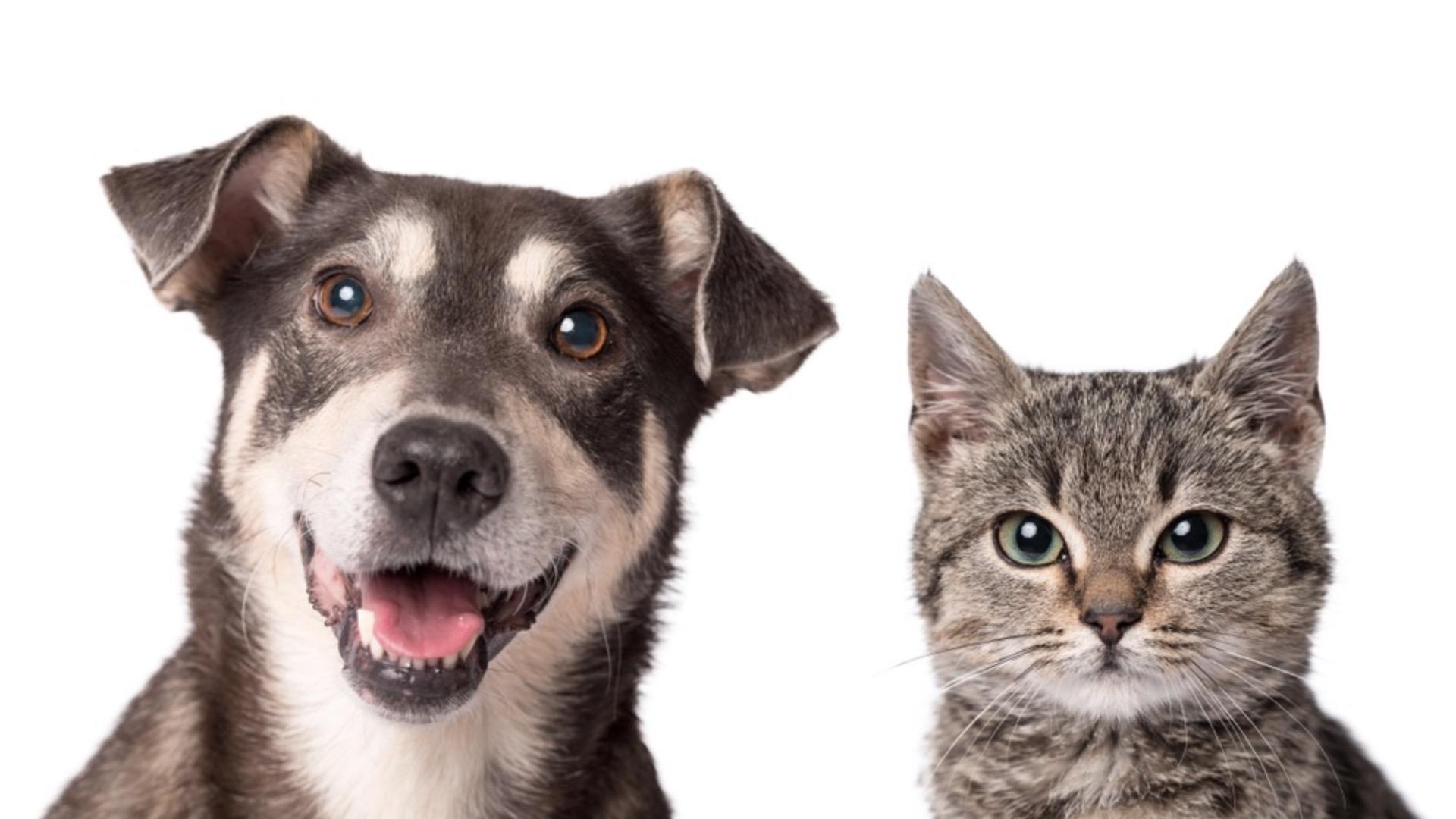Obesity is one of the most common issues that cat owners bring to My Pet Nutritionist with good reason. We know that being overweight increases the risk factors for developing:
- Cancer
- Diabetes
- Heart disease
- Osteoarthritis and degeneration of joints
- Urinary issues
- Surgery complications
- Respiratory difficulties
- Kidney disease
In a nutshell, being overweight significantly compromises quality of life and actually, the length of it too!
So, let’s take a look at some of the common reasons why your cat may be overweight, and we’ll share our top tips for tackling obesity in cats.
Is Your Cat Overweight?
Obesity is defined as an accumulation of excessive amounts of adipose tissue. It is generally a state of positive energy balance.
When food is ingested, it is digested and metabolised. The body uses the nutrients it needs and converts the main macronutrients to energy. Macronutrients consumed over and above those that are needed, are converted into adipose tissue, for use at a later stage.
Cat body scores run from 1-9.
Ideal bodyweights score 4-5, ribs are not visible but easily palpable, there is an obvious waist and there is minimal/small amount of abdominal fat.
Body scores are a much more appropriate approach to establishing body proportion in cats as weight doesn’t accommodate for breed differences or activity levels.
Your cat is overweight if:
- Ribs are difficult to palpate under body fat,
- Waist barely visible or absent,
- There is rounding of the abdomen.
Why is My Cat Overweight?
Perception
Do you know your pet is overweight? In an 8000-household study, 68% of surveyed owners report thinking their pet is the perfect weight. 67% of surveyed owners did not see obesity as a concern.
This is in contrast to that reported by vets, who show concern that over half of all pets are overweight.
Do we simply not see that our pet is overweight and therefore aren’t employing any tactics to manage it?
Food Intake
Most foods on the market include a feeding guideline based on weight. One of the most common mistakes made by owners is to feed based on the current weight of their pet, not the ideal weight (when tackling a weight issue). Not only that, but weight is a bit of a misnomer anyway. With so many different breeds it is difficult to establish standardisation. It’s important to feed the pet in front of you. Energy requirements vary depending on lifestyle, age, activity, and time of year. Cats for example may be less active in the winter.
The type of food you are feeding your pet will also play a part.
Starch is the storage from of carbohydrates found in plants and as we know, dry pet foods have large quantities of starch.
Starch can be divided into rapidly digestible starch, slowly digestible starch and resistant starch. Rapidly digestible starch can be produced by the exposure to heat, pressure, or moisture decrease (read: exactly what happens during pet food manufacturing). Rapidly digestible starch results in a blood sugar spike, calling the pancreas to action. Insulin shuttles glucose into cells that need it, but also facilitates its entry into adipose tissue! Insulin also stops the breakdown of fat and prevents the breakdown or triglycerides into fatty acids (causing a build-up in fat cells).
This is why we always advocate feeding a fresh food diet. Cats are obligate carnivores; in that they get everything they need from animal tissue.
Quite often, removing a dry food from a cat’s diet results in significant weight improvement.
It’s a Family Affair
One of the biggest challenges with feeding cats is getting everyone in the home on board. Cats tend to tell everyone in the home that they still haven’t been fed! This results in many mealtimes, served by many different family members.
To tackle this, work out an appropriate food intake in any one day and portion this into a Tupperware. Ensure all family members understand this – when the food has gone, the food has gone – if most of the food has gone by lunchtime, what’s left needs to be kept until dinnertime!
Account for Physical Activity
We have a nuance in the cat. Some are indoor cats, where others are outdoor cats. This brings a significant difference in activity levels.
Whilst the calorie in:calorie out model of obesity is simplistic, it is a consideration to make. For the indoor cat who engages in little physical activity, their food intake may need to be significantly lower than thought. We can enrich their lifestyle with more opportunities for exercise; through activity centres or play but we should also consider reducing their food intake if they are becoming overweight.
We should also account for mobility challenges in the ageing cat and how this will influence their nutrient needs.
Treat Intake
Keep a log on how many treats you are offering your cat, whether it’s scraps from your plate or treats you have bought in. These are easy to nip in the bud if you are trying to manage your cat’s weight; the key is to ensure your cat is satiated from their mealtimes.
Cats Are Not Small Dogs
Be Mindful of Behaviour
For some cats, being demanding can be a problematic behaviour rather than a request for nutrients. Does your cat have plenty of opportunities to engage in their normal behaviour? Do they have access to safe toys and regular opportunities to play with both people and by themselves? Can they rest, undisturbed when they choose? Can they meet their basic needs easily? Can they access food, water, beds, and litter without being disturbed or scared by other pets/people?
Obesity in cats is a significant concern, and one that can impair their health and lifespan. Our top tips include:
- Opt for a fresh food diet (ditch the dry!)
- Feed the cat in front of you, based on their age, activity level and lifestyle
- Get the whole family on board
If you would like to learn more about obesity in pets, we have a number of other blogs that may be of interest to you:
Obesity in Pets – Part One
Obesity in Pets – Part Two
If you are concerned about your cat’s health, then please check out our services to see if we may be able to help.
Thanks for reading,
MPN Team

